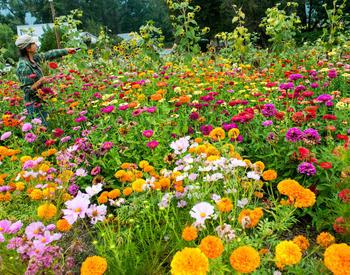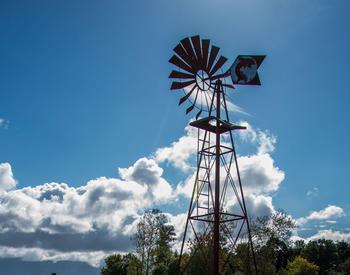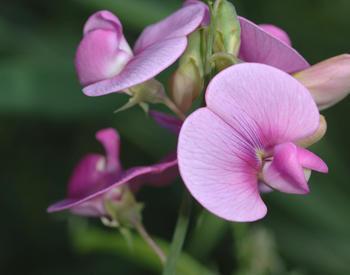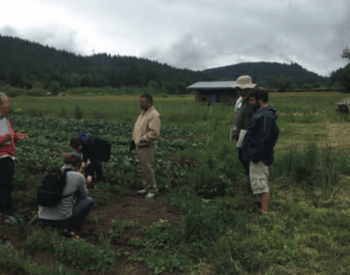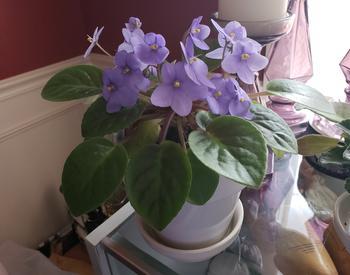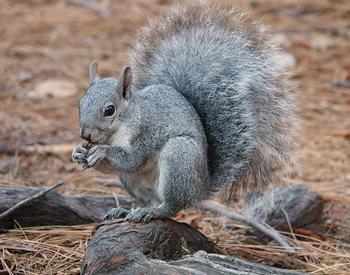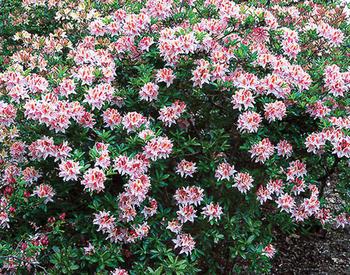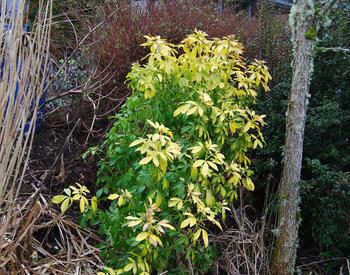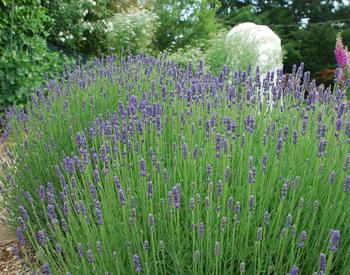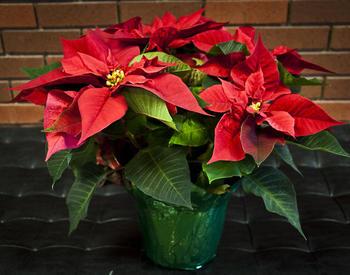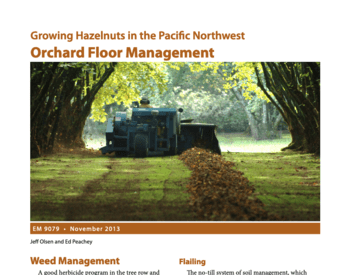In climates that receive adequate rainfall during the growing season or where trees can access a high water table, watering is primarily recommended only for new and established trees. In areas with cool or short growing seasons like the Klamath Basin, access to water is a major consideration. Experienced nursery professionals caution that it takes longer for trees to reach full size in those areas, a factor of both cold winters and limited water during the growing season.
Drought stress can also take a less obvious toll on landscape trees, making it more difficult to connect the dots between lack of water and the problem. Let’s take a look at some ways drought stress affects landscape trees.
Failure to thrive
Most folks realize that a newly planted landscape tree needs to be watered in order to establish roots, but often the amount and frequency of water needed are underestimated.
Consider the transplanting transition: the tree has been nurtured in a nursery for years, watered every summer day, sometimes twice, in its container. Suddenly, it’s transplanted, destroying most of the “feeder roots," tiny root hairs best at absorbing water and nutrients. The tree is then plopped into a hole, followed by a weekly application of water at the base of the trunk.
Sometimes, the well-meaning new tree parent will adjust the lawn sprinkler to reach the tree’s patch of yard, not realizing that the thickly matted roots of the lawn will likely absorb all of the water. Many of these challenges can be avoided by fall planting, a counterintuitive but useful tool for avoiding stress in newly planted trees.
Wrong tree, wrong place
Plenty of trees grow just fine in dry, wild areas without additional summer water. These are specific species adapted to doing so — the notorious western juniper, for instance. Landscapes are often combinations of trees that prefer different environments — birches, maples, fruit trees. There is a tree for every environment and ecological niche. However, landscape tree choices are often based on aesthetic preferences or the desire for fresh fruit, not ideal conditions for the tree.
Some might argue that nurturing the wrong tree in the wrong place well enough for it to become the right place is the essence of gardening. It's the thrill of growing something “they” said could not grow here. Success, however, will require that larger trees receive additional water to approximate a more appropriate climate. For many large, mature trees, ten gallons of water per week is a good baseline and difficult to achieve with a lawn sprinkler.
Flagging
When tree leaves are wilted, browning or limp, this is referred to as flagging, a sign that something is wrong within. Single branches may flag, as in when wood boring beetles first infest. One side or section of the tree may be considerably more wilted, or yellowed. This is an indicator of Verticillium wilt, common in some maples. Or the entire tree may flag, possibly indicating drought stress. In some cases, the tree appears fine early in the day but takes on a wilted appearance, with leaves hanging limply from their petioles during the warmer hours.
Stress attracts beetles
The Pacific Northwest is home to a multitude of wood boring beetles, most of which infest trees already stressed for some other reason — drought, lightning strike or disease. The bronze birch borer, established in Klamath Falls since at least 2017, is an example of this type of pest drawn to drought-stressed trees.
The larvae of this insect feed right in the cambium, where water and nutrient exchange for the tree is taking place. Adequate water drowns the little larvae, preventing them from taking hold. Once established, the bronze birch borer will kill the tree unless there is chemical treatment.
Pruning during the summer also causes some trees to send out stress signals that attract wood-boring beetles. Avoid summer pruning unless there is a specific reason to prune.
Strong to the last gasp
A large, mature tree has a significant reserve of water and nutrients. One season of drought stress may not result in visible clues to a problem. After multiple dry summers, however, a tree may seem to “collapse” overnight, when the problem has been ongoing. When diagnosed, these situations are often hard for the homeowner to digest.
A lack of summer precipitation does have some advantages. There are far fewer foliage and fungal diseases of trees and shrubs compared to those that have more summer rain. One reason for this is that the presence of the pathogen, moisture and the right temperature must exist on the leaf for the disease to take hold. Lack of moisture on the leaf prevents many plant diseases in our area. So keep watering those trees — at the root zone, not at the trunk or on the leaves.
